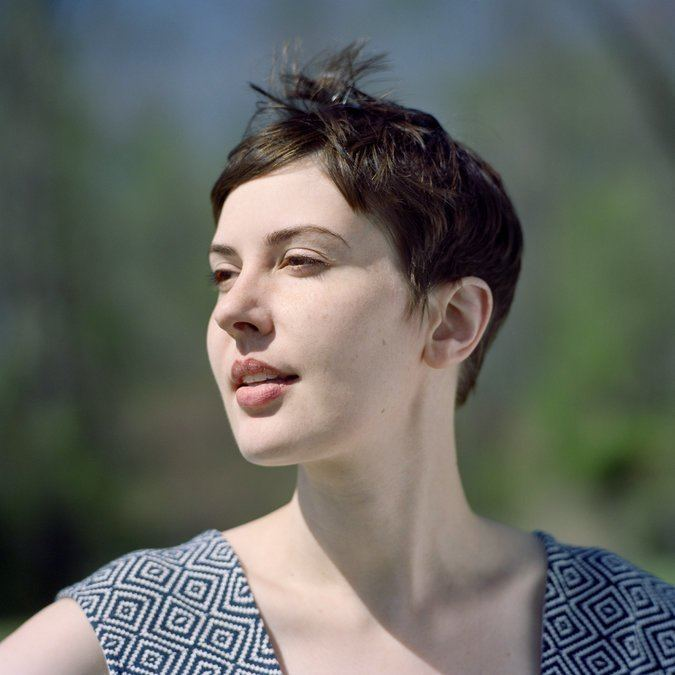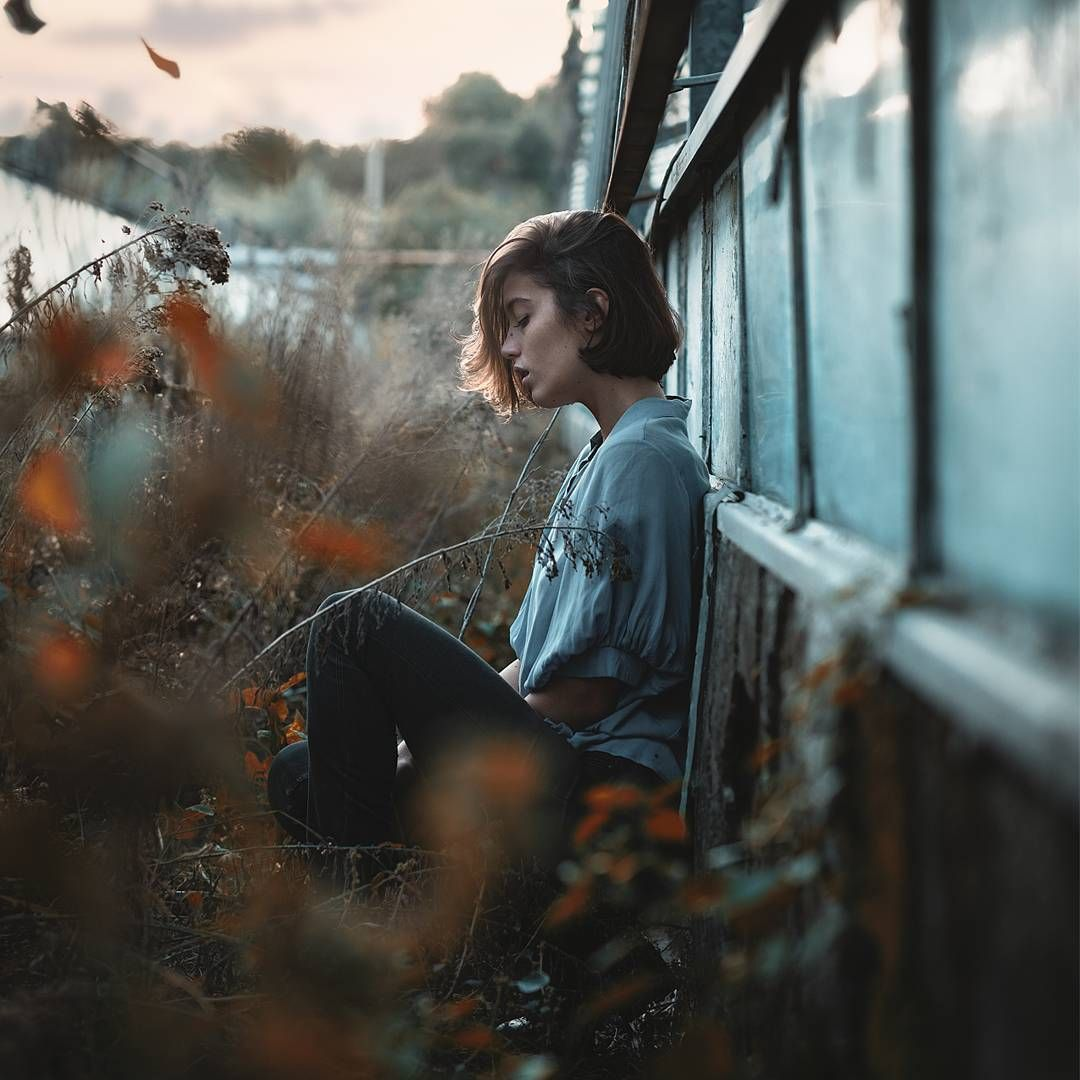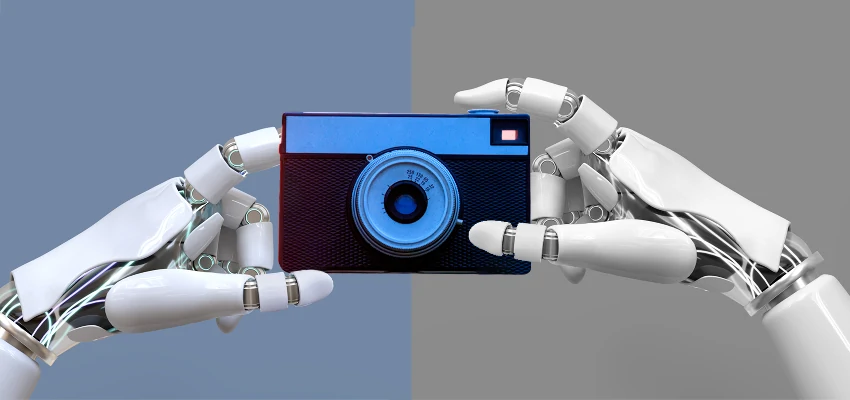AI in photojournalism is revolutionizing the way we capture and interpret the world around us. With artificial intelligence photography tools emerging, photographers and journalists are confronted with both challenges and opportunities. Technology in journalism is rapidly evolving, pushing the boundaries of traditional practices and enabling creators to preserve photo archives like never before. As AI continues to influence the art form, the impact on photography raises critical questions about authorship, authenticity, and visual integrity. In this dynamic landscape, understanding how photojournalism and AI can coexist becomes essential to preserving the truth of our visual narratives.
The integration of machine learning into visual storytelling is reshaping the photojournalism landscape. As advanced algorithms and smart technologies proliferate, the way we produce and manage images is undergoing significant change. The role of artificial intelligence in photography provides a promising avenue for visual historians, allowing them to maintain and curate vast photo collections that tell the story of our times. This fusion of tech innovation and visual documentation encourages a deeper exploration of how we can uphold historical narratives amid the evolving digital age. While the implications are profound, these advancements also prompt necessary discussions about safeguarding the credibility and authenticity of our visual communications.
The Intersection of AI and Photojournalism
Artificial Intelligence (AI) is bringing profound changes to various industries, and photojournalism is no exception. As AI tools evolve, they have begun to shape how images are created, interpreted, and archived. While some view this technology as a threat—particularly regarding authenticity and copyright concerns—others see it as a powerful ally capable of revolutionizing the field. Kira Pollack, a pioneering figure in this conversation, highlights how AI can assist photojournalists not just in crafting visual narratives, but also in preserving the archives that document critical moments in history.
The blending of artificial intelligence photography with traditional journalism methods could redefine the boundaries of visual storytelling. AI offers capabilities that can analyze large amounts of photographic data, making it easier to categorize and understand the subtleties of complex images. By incorporating this technology intelligently and ethically, photojournalists can enhance their work’s impact, ensuring that the visual history of significant events is not only preserved but continues to resonate with audiences.
AI’s Role in Preserving Photo Archives
One of the most pressing challenges in photojournalism today is the preservation of extensive archives that often go unseen. With countless images captured over decades, much of this cultural wealth is at risk of being lost due to neglect or technological obsolescence. Pollack emphasizes the need for a paradigm shift in how these resources are managed, advocating for the use of AI to unlock the immense potential hidden within these archives. By deploying machine learning algorithms to catalog and analyze images, photojournalists can ensure that vital historical records are not only maintained but also made accessible to future generations.
Preserving photo archives with AI is not merely about storage; it involves leveraging technology to tell deeper stories. AI can assist in creating contextual narratives around photographs, enriching the viewer’s understanding of the events depicted. For instance, programs can analyze metadata and visual content to provide insights into the circumstances of each image, such as the emotional weight of a scene or the historical significance of the captured moment. This approach combines the essence of storytelling with technology, ensuring that the legacy of photojournalism is honored and preserved.
Ethical Considerations of AI in Photojournalism
The introduction of AI technologies into the realm of photojournalism raises significant ethical questions that cannot be overlooked. While the promise of innovation is enticing, it is critical to navigate the potential pitfalls associated with generative AI, such as the risk of misinformation or unauthorized use of images. Pollack draws attention to the necessity of establishing ethical guidelines that balance AI capabilities with the integrity of photojournalistic practices. As the landscape shifts dramatically, ensuring that photographers’ rights and legacies are protected becomes more vital to uphold trust within the industry.
AI’s potential misuse for creating photorealistic images without a camera highlights the need for a robust framework to safeguard authenticity and ownership. In a digital age where images proliferate unchecked on social media, maintaining the sanctity of genuine photojournalism is paramount. This calls for a concerted effort among stakeholders—from tech developers to journalists—to engage in conversations about best practices, ethical standards, and responsible use of AI. Such collaborative approaches can foster a future where technology enhances—rather than undermines—the core values of truth, memory, and authorship.
Understanding AI’s Impact on Photography and Journalism
The evolution of AI is reshaping not only the art of photography but also the broader fabric of journalism itself. From optimizing workflows to providing analytical insights, AI tools can enhance the quality and efficiency of news coverage. However, the rapid integration of these technologies comes with its own set of challenges, especially as they relate to the authenticity and trustworthiness of visual content. As Kira Pollack discusses, it is essential for those within the photojournalism community to adapt and comprehend the implications of these advancements without losing sight of their foundational principles.
Navigating the effects of AI on the journalism landscape requires a nuanced understanding of both the opportunities and threats at play. By educating themselves about AI’s capabilities and limitations, photojournalists can strategically employ these technologies to further their narratives while safeguarding the truthfulness of their depictions. Engaging with experts across disciplines—such as ethicists and technologists—creates a holistic framework to approach the challenge and ensure the integrity of photojournalism is maintained amid technological evolution.
The Future of Photojournalism: AI and Beyond
As technology continues to advance, the future of photojournalism will inevitably intertwine with the potentials offered by AI. This intersection presents an exciting opportunity for photojournalists to innovate their craft while responsibly managing their traditional practices. With the ability to process vast archives and enhance storytelling methods, AI can open new doors for photographers to connect with audiences. Kira Pollack’s work emphasizes the importance of understanding and harnessing these advancements to ensure that the essence of photojournalism—documenting truth and history—remains intact.
However, embracing AI in photojournalism also requires a proactive stance on upcoming challenges. As the line between reality and digital fabrication continues to blur, maintaining clarity on what constitutes authentic journalism becomes a pressing concern. The future will necessitate ongoing dialogues around ethics, authorship, and the protection of visual content in an era increasingly defined by manipulation and misinformation. By addressing these issues collaboratively, the photojournalism community can shape a future where AI technology enhances the narrative without compromising its integrity.
Engaging the Public Through AI-Enhanced Visuals
The introduction of AI in photojournalism can significantly enhance how stories are presented to the public. By employing AI tools, photojournalists can create immersive and engaging narratives that capture the viewer’s attention. For example, AI can aid in creating interactive galleries or dynamic stories that allow audiences to explore multifaceted viewpoints surrounding a specific event, thus fostering a more informed public. This approach not only makes the journalism more engaging but also emphasizes the importance of understanding contexts in which images were captured.
Moreover, using AI to harness and present these narratives could pave the way for broader discussions about societal issues. With the capacity to analyze trends and sentiments reflected in historical images, journalists can facilitate dialogues that resonate deeply with current audiences. As they harness AI to enrich storytelling, photojournalists can help bridge the gap between past and present, allowing communities to reflect on historical events while also understanding their implications for contemporary society.
Addressing Misinformation Through AI Solutions
In the current digital landscape, where misinformation can spread rapidly, AI offers potential solutions for photojournalists to combat these challenges. By utilizing AI algorithms that can authenticate images and track their origins, journalists can enhance their efforts in promoting truth within their visual storytelling. As concerns about deepfakes and manipulated visuals grow, leveraging AI to verify the authenticity of visual content has become essential in maintaining public trust in photojournalism.
Additionally, AI can assist in identifying patterns or trends in misinformation by analyzing the dissemination of images across various platforms. By understanding how and why particular content goes viral, photojournalists can better prepare their strategies for counteracting false narratives. Ultimately, employing AI as a tool for vigilance and verification represents a proactive stance against misinformation, reiterating the commitment of photojournalists to uphold truth and authenticity in visual narratives.
The Role of Collaboration in AI-Driven Photojournalism
The intersection of AI and photojournalism creates numerous opportunities for collaboration between technologists and journalists. By working together, they can leverage AI tools to enhance storytelling while preserving the fundamental principles of journalism. Kira Pollack’s work highlights how interdisciplinary cooperation can lead to innovative solutions, regulations, and ethical frameworks that can guide AI implementation. By pooling their knowledge and expertise, these groups can ensure that AI serves to enhance the integrity of the visual stories being told.
Moreover, creating partnerships across disciplines can address the challenges of using AI responsibly. As artists work alongside engineers and ethicists, they can foster discussions about the implications of AI on society, leading to greater public awareness and engagement. This collaborative approach can enrich the cultural significance of photojournalism and encourage reciprocal learning between professions, ensuring that the technology used aligns with the core values of truth and ethical responsibility.
Exploring New Narratives with AI in Photography
AI’s integration into photography offers new avenues for exploration and creativity within the field of photojournalism. Utilizing AI can inspire photojournalists to rethink how they craft narratives by allowing them to examine images with fresh perspectives. By harnessing advanced computational techniques, storytellers can highlight aspects of their photographs that may have previously gone unnoticed, creating a richer and more layered depiction of events. Kira Pollack’s conversations about AI’s potential to enhance storytelling underscore this opportunity for growth and innovation.
Additionally, the application of AI could redefine how photographers convey messages through their work. From visualizing data to creating photomontages that combine multiple perspectives, AI can serve as a creative partner in the storytelling process. By embracing the possibilities that AI presents, photojournalists can venture outside conventional frameworks, crafting innovative narratives that resonate with diverse audiences while effectively showcasing complex social issues.
Frequently Asked Questions
What is the role of AI in photojournalism today?
AI is increasingly playing a critical role in photojournalism by helping to catalog and preserve vast archives of visual stories. Technologies powered by artificial intelligence photography can analyze and organize images, making it easier for photojournalists to maintain their legacy and keep important historical records accessible. Additionally, AI tools are being developed to enhance the interpretation of complex images, providing deeper insights into the context of photojournalism.
How does AI impact the preservation of photo archives in journalism?
The impact of AI on preserving photo archives in journalism is significant. AI technologies assist in the organization, cataloging, and contextualization of images, enabling journalists to manage their collections more effectively. By leveraging artificial intelligence, photojournalists can ensure that their vast archives are not only preserved but also made discoverable for future generations, mitigating the risk of losing invaluable visual history.
What are the ethical concerns surrounding AI in photojournalism?
Ethical concerns surrounding AI in photojournalism include issues related to copyright infringement, misinformation, and the potential loss of visual truth. As AI tools generate and manipulate images, it raises questions about the authenticity and originality of visual content. Photojournalists aim to utilize AI responsibly by ensuring that the technology reinforces the integrity of their work while protecting their rights and the stories behind their images.
Can AI enhance the storytelling aspect of photojournalism?
Yes, AI has the potential to enhance storytelling in photojournalism by providing deeper insights and contextual information about images. By analyzing elements like composition, emotion, and context, AI can help bring a richer narrative to the surface, ensuring that the intent and message behind the photographs are effectively conveyed to the audience. This can lead to more immersive and dynamic presentations of photojournalistic work.
What challenges do photojournalists face with the rise of AI technology?
Photojournalists face multiple challenges with the rise of AI technology, including the risk of misrepresentation of real events through generated imagery, loss of trust in visual media, and the potential for unauthorized use of their work in training AI models. Ensuring that AI is used ethically, to enhance rather than exploit photography, is a core concern for those in the field.
How can AI assist in combating misinformation in photojournalism?
AI can assist in combating misinformation in photojournalism by providing tools to verify images and their authenticity. By analyzing visual elements and contextual data, AI can help identify manipulated or fake images, thus supporting photojournalists in maintaining the credibility of their work and ensuring that accurate representations are presented to the public.
What future developments can be expected in AI and photojournalism?
Future developments in AI and photojournalism may include the creation of more advanced tools for image analysis, enhancing the capacity for automated tagging and sorting of large archives, and improved capabilities for real-time fact-checking of visuals. As technology continues to evolve, its integration into journalism will likely focus on preserving visual integrity while enhancing the storytelling process.
| Aspect | Details |
|---|---|
| Kira Pollack | Emmy award-winning visual storyteller and Walter Shorenstein Media & Democracy Fellow. |
| AI Threats | AI poses risks to photojournalists, such as copyright issues and misinformation. |
| Potential Benefits | AI can help preserve photographic archives and enhance the understanding of images. |
| Archives Importance | Archives not only document events but also tell a broader narrative about history. |
| AI Capabilities | AI can analyze and interpret complex images, adding contextual insights. |
| Preserving Legacy | The goal is to use AI to help manage and preserve the integrity of photojournalists’ work. |
| Future Outlook | Engaging with technologists and ethicists to shape the future of photography. |
Summary
AI in photojournalism represents a transformative shift that holds both significant challenges and promising opportunities. As illustrated by Kira Pollack’s insights, while AI threatens to disrupt established norms in photographic integrity and ownership, it also offers innovative solutions for preserving and interpreting the vast archives of photojournalists. Embracing AI responsibly could help safeguard the visual history captured by photographers, ensuring that their legacies endure in an era increasingly influenced by technology. By engaging critically with these developments, the photojournalism community can navigate the complexities of AI while reinforcing the fundamental values of truth and memory.



